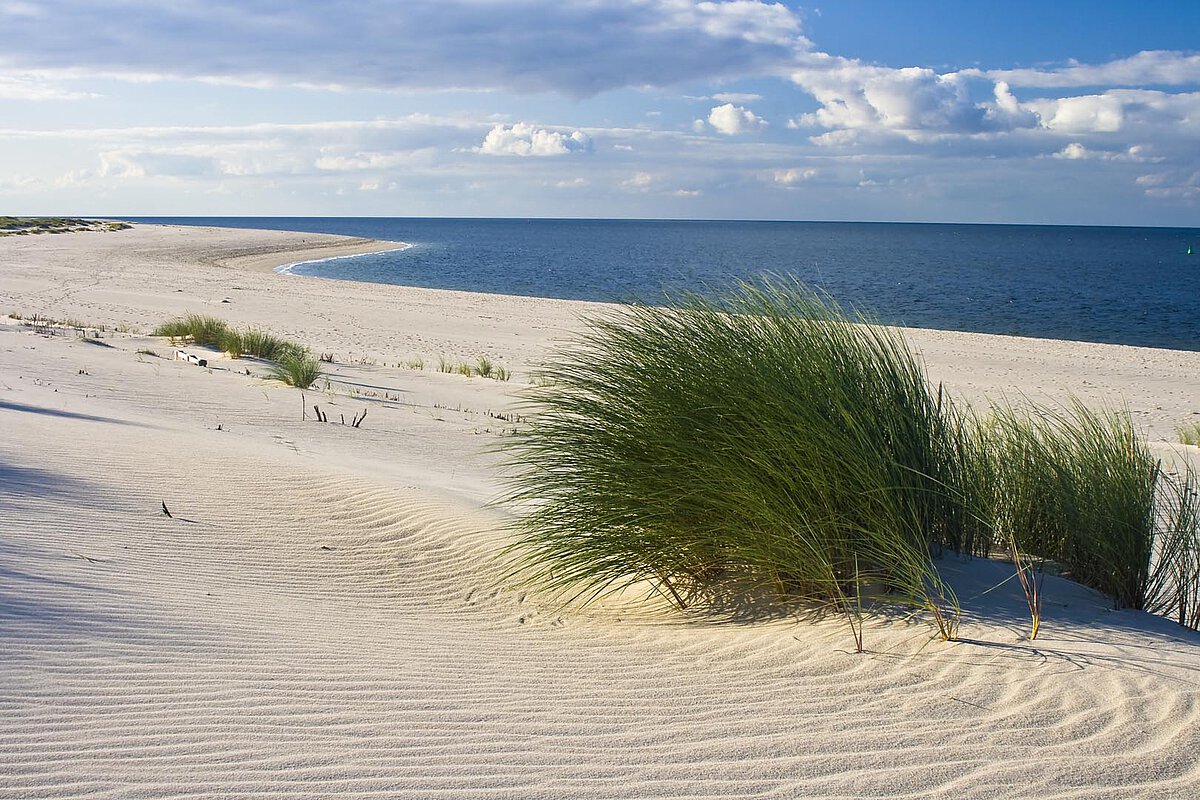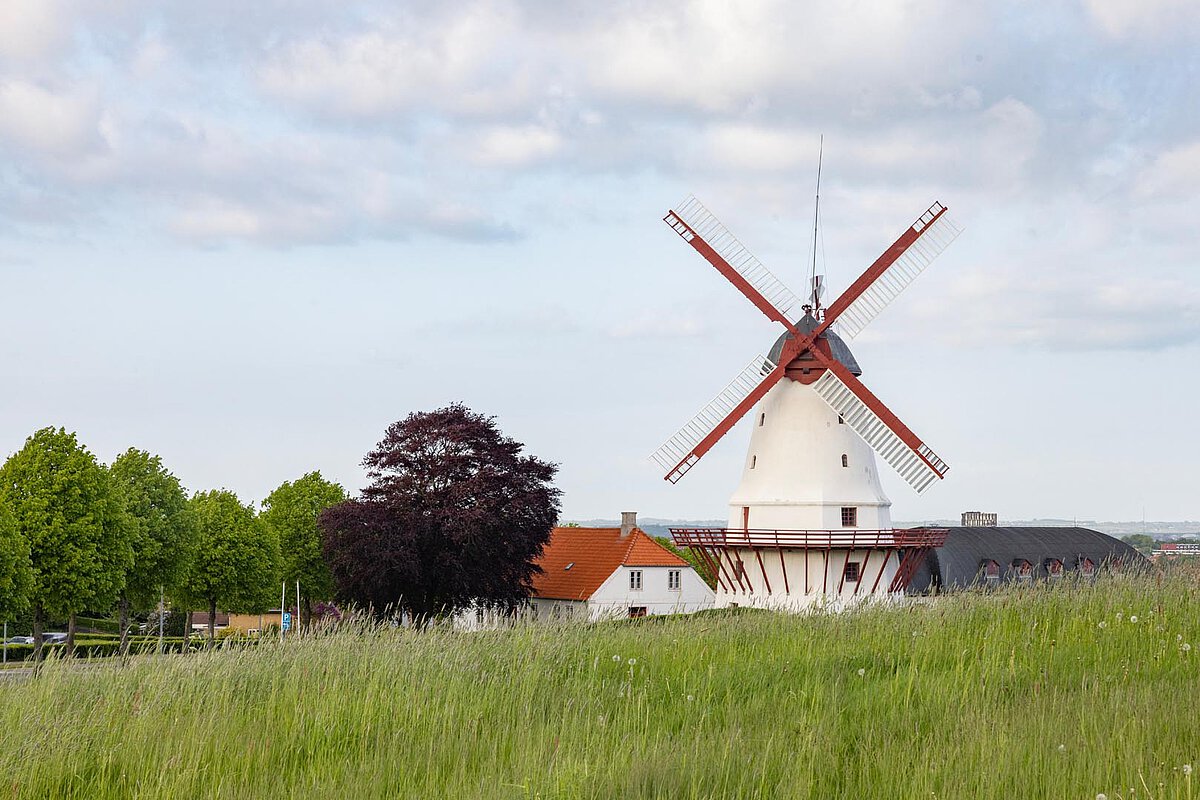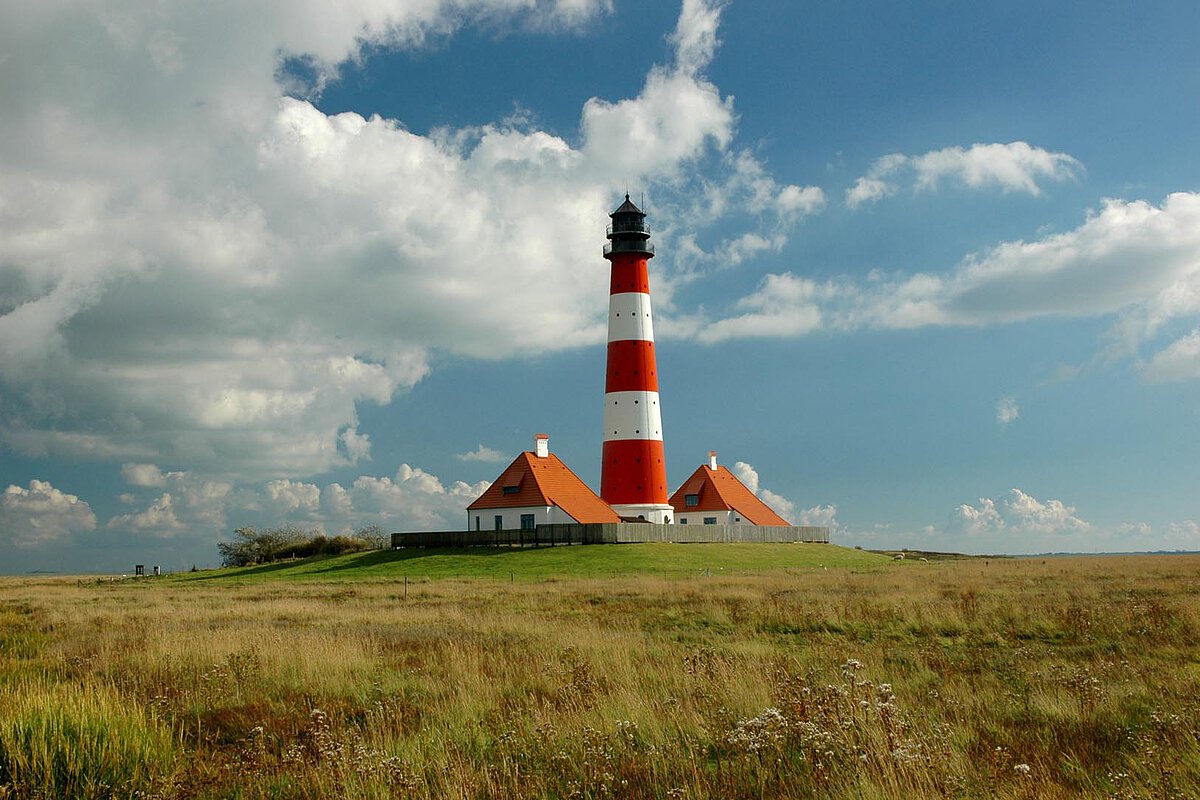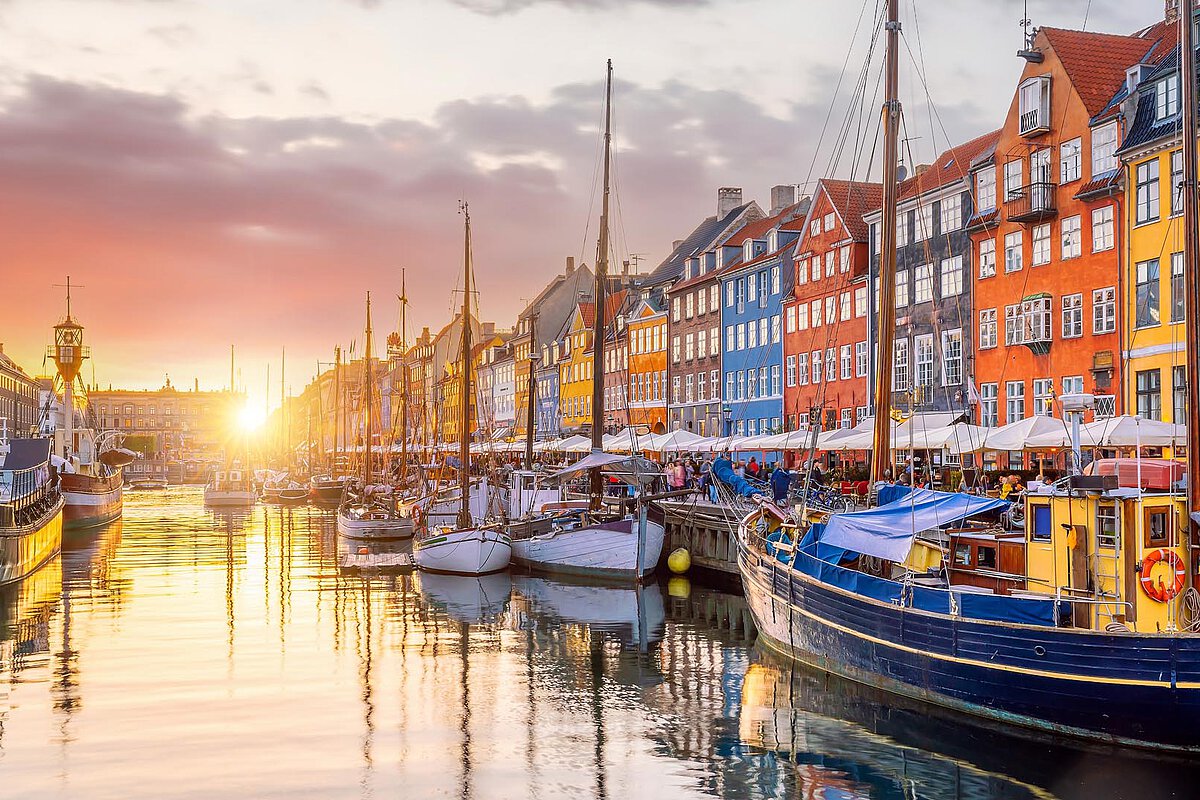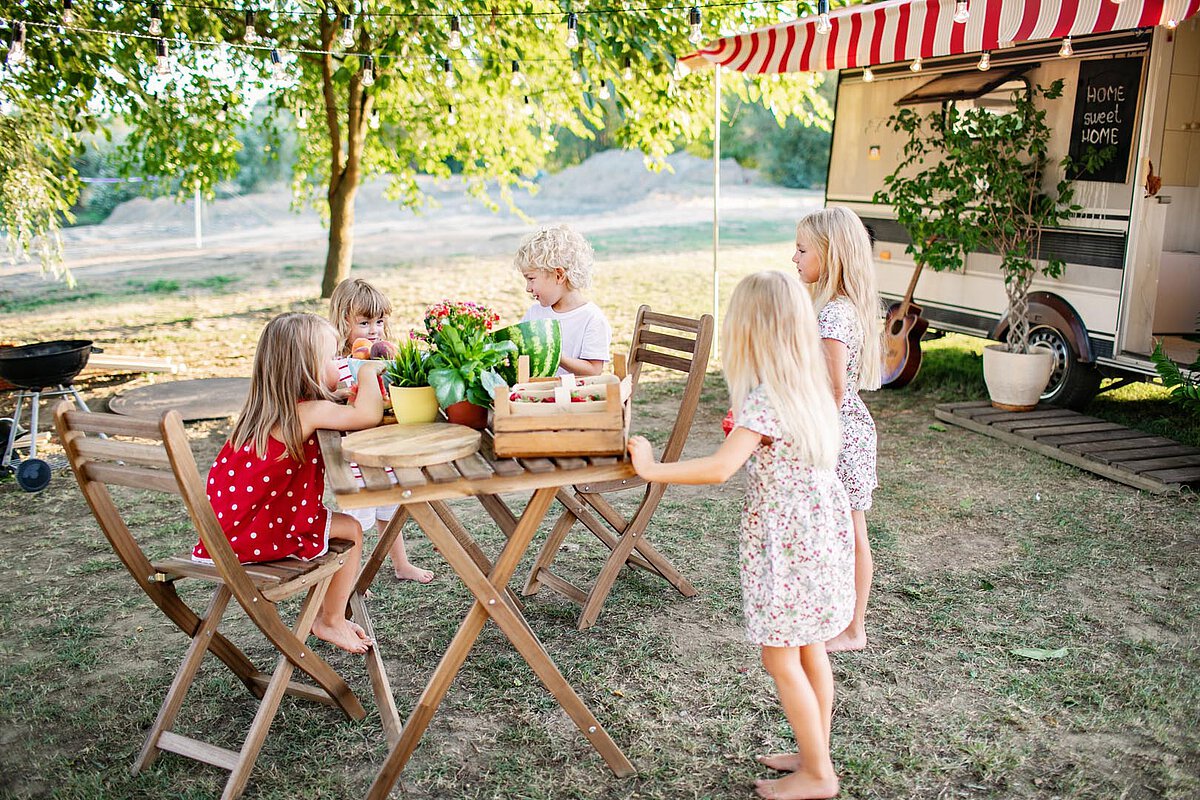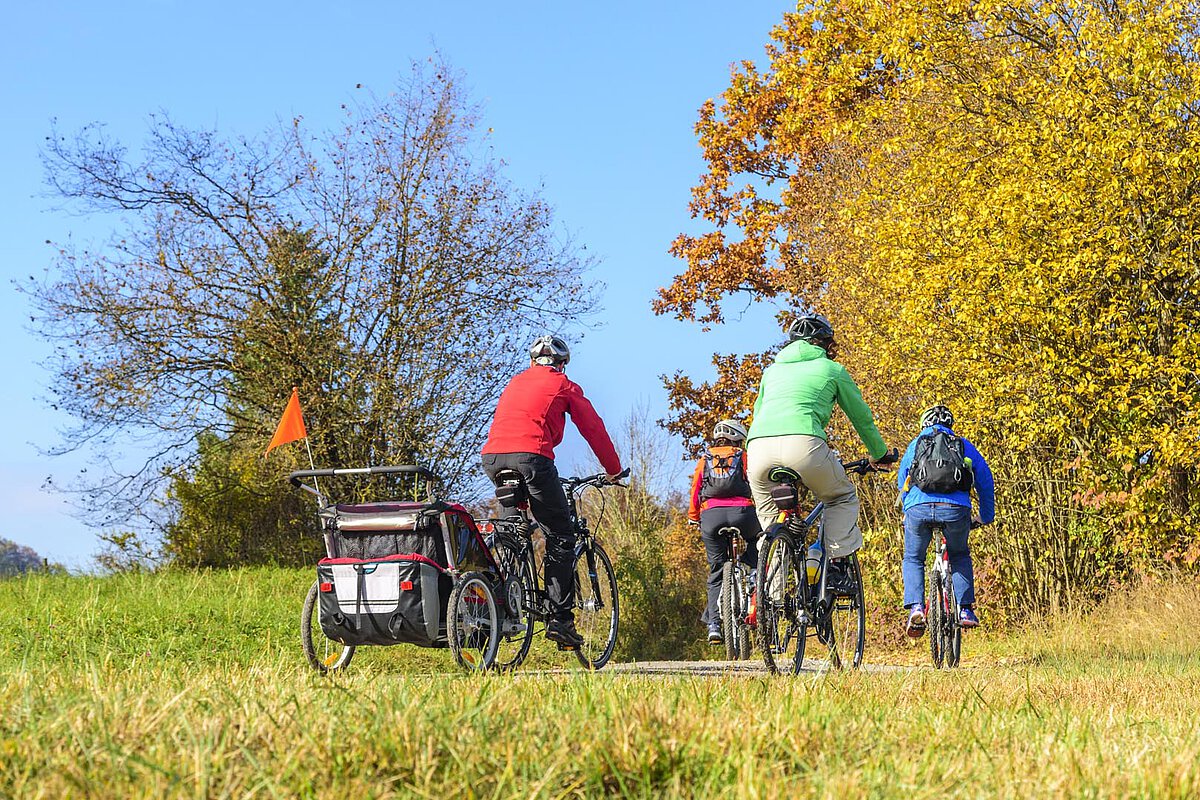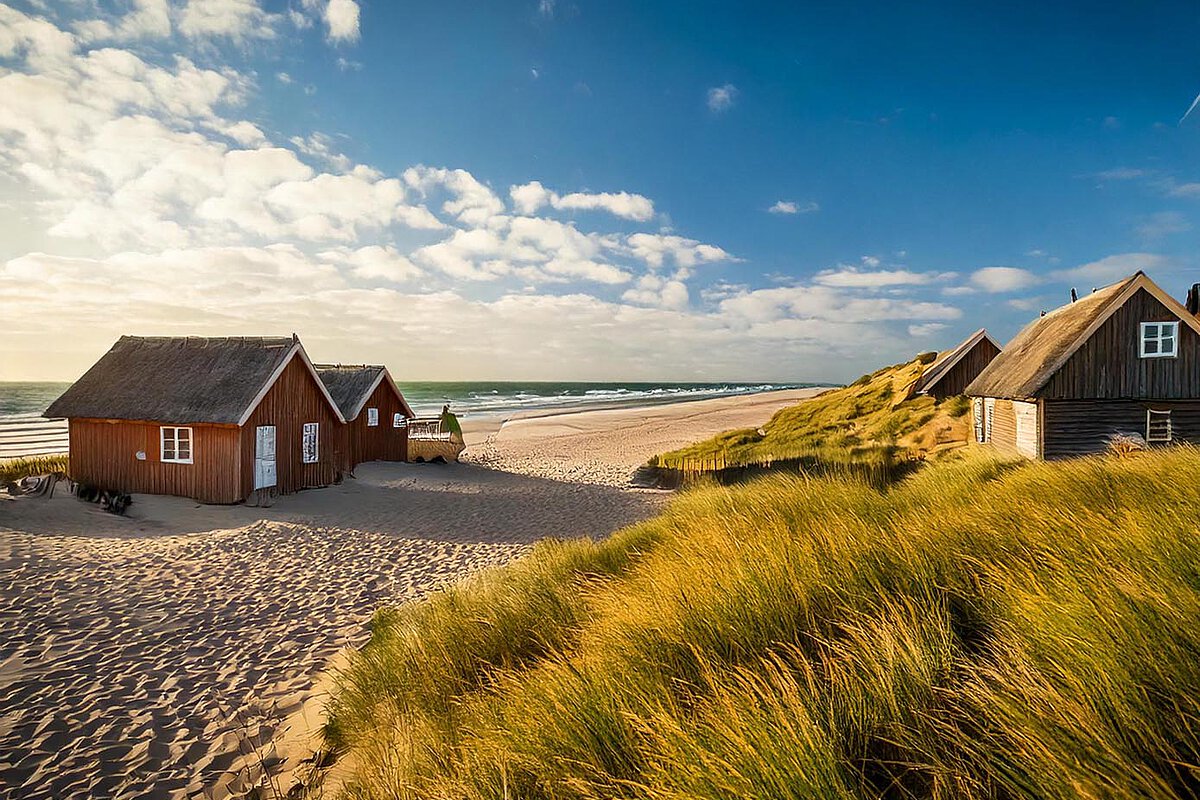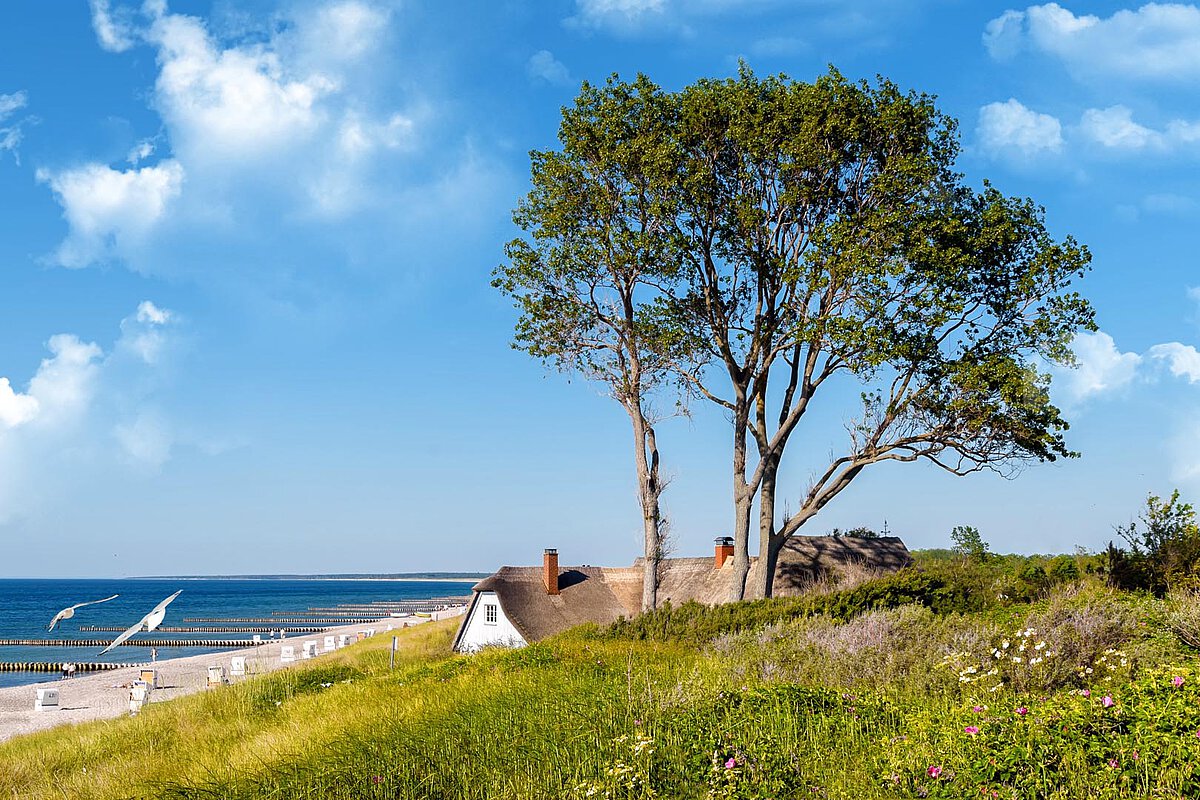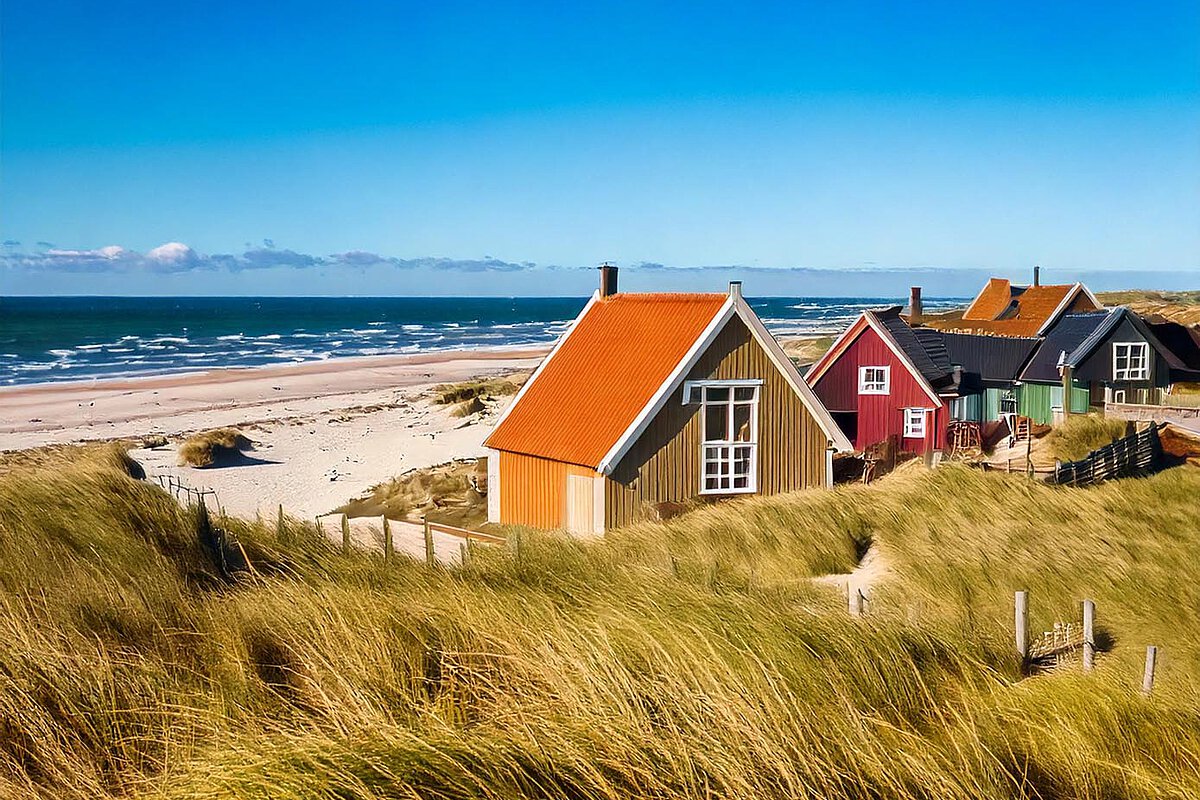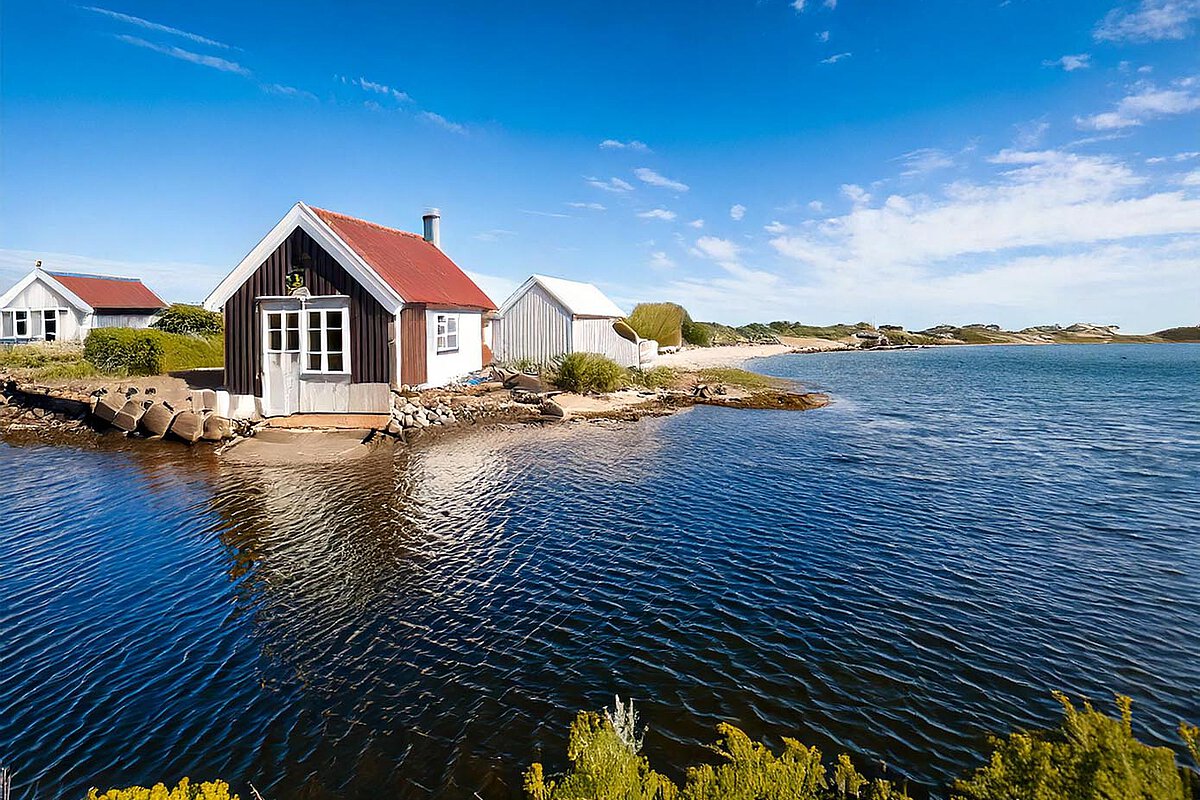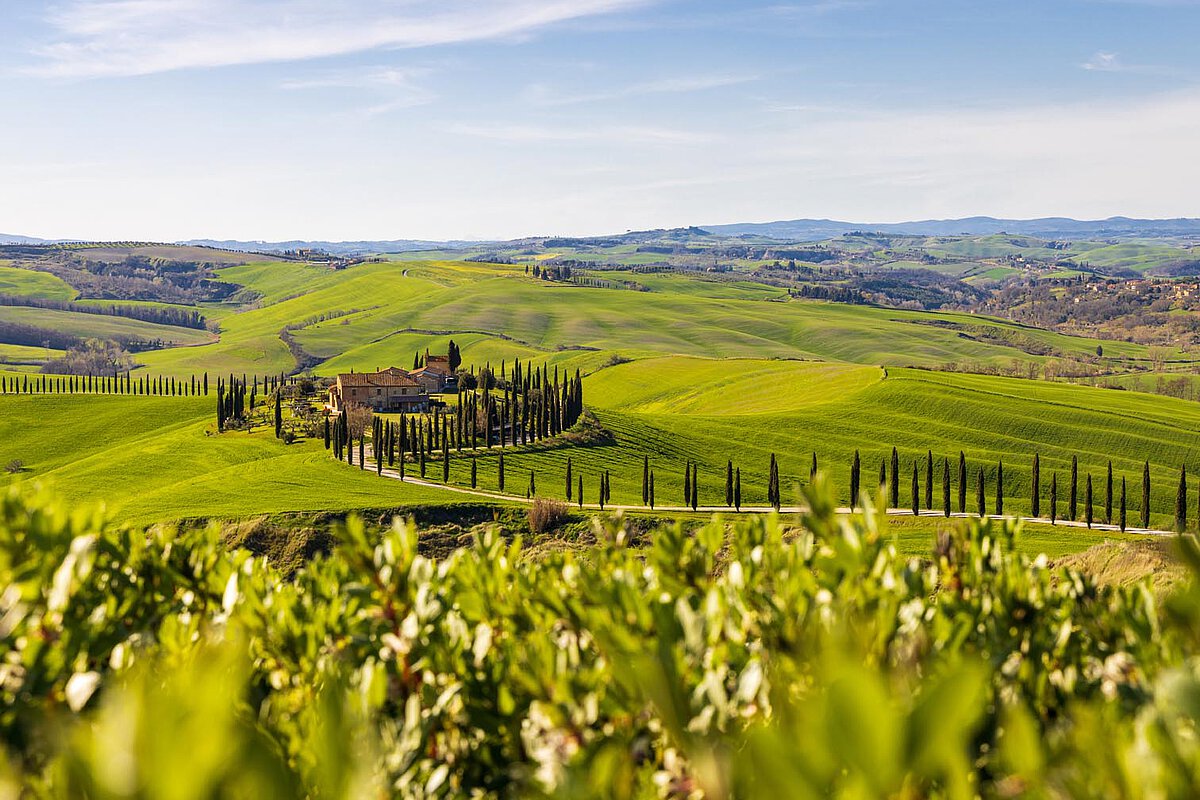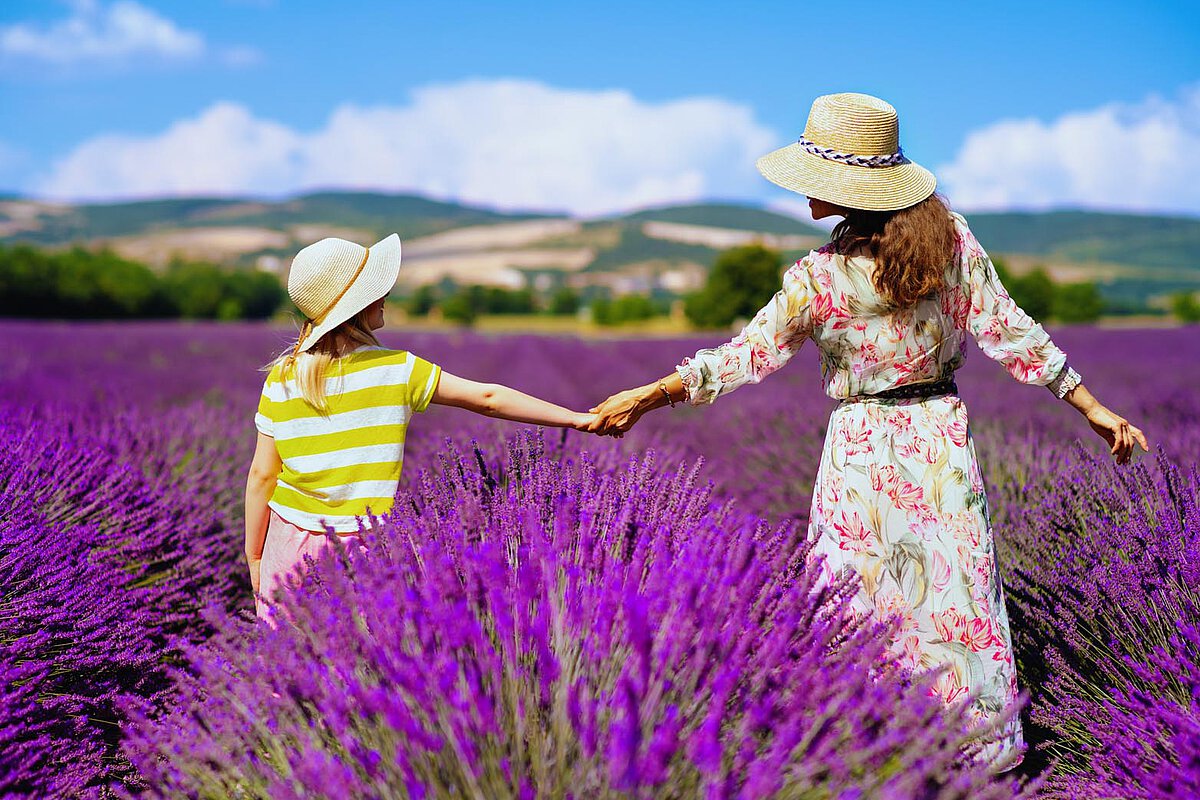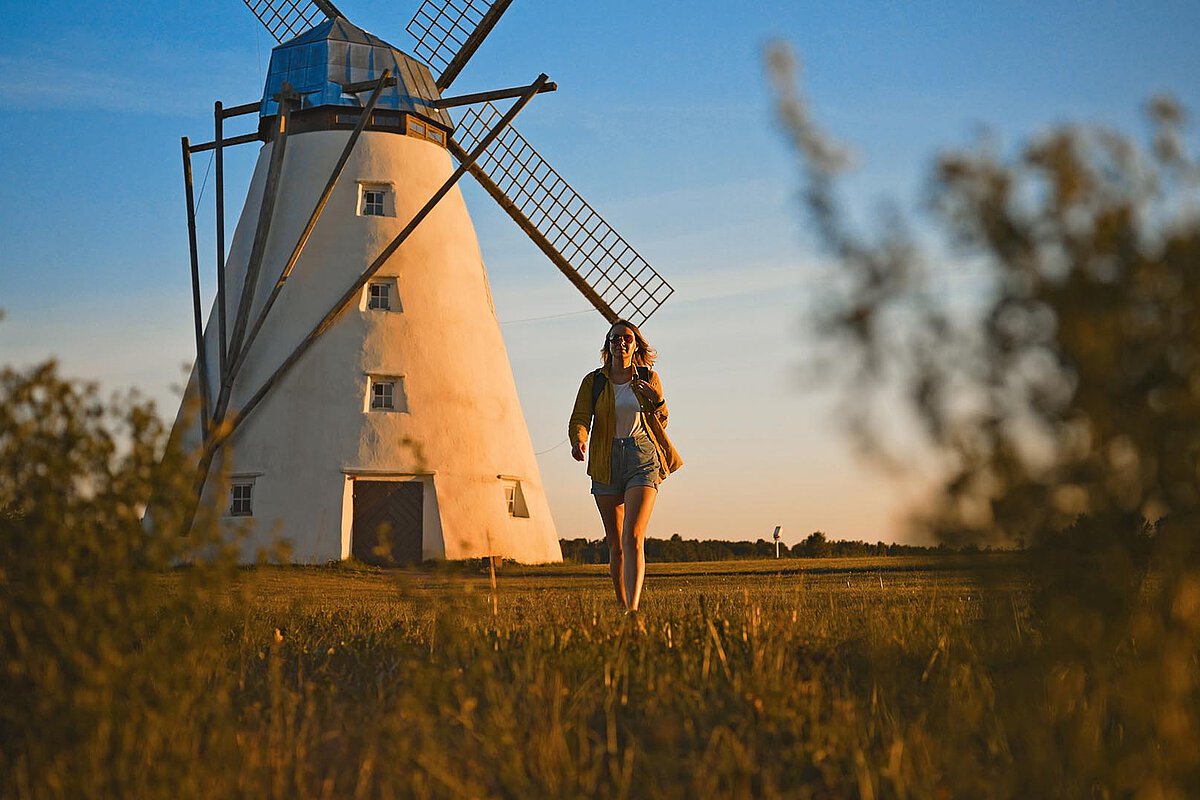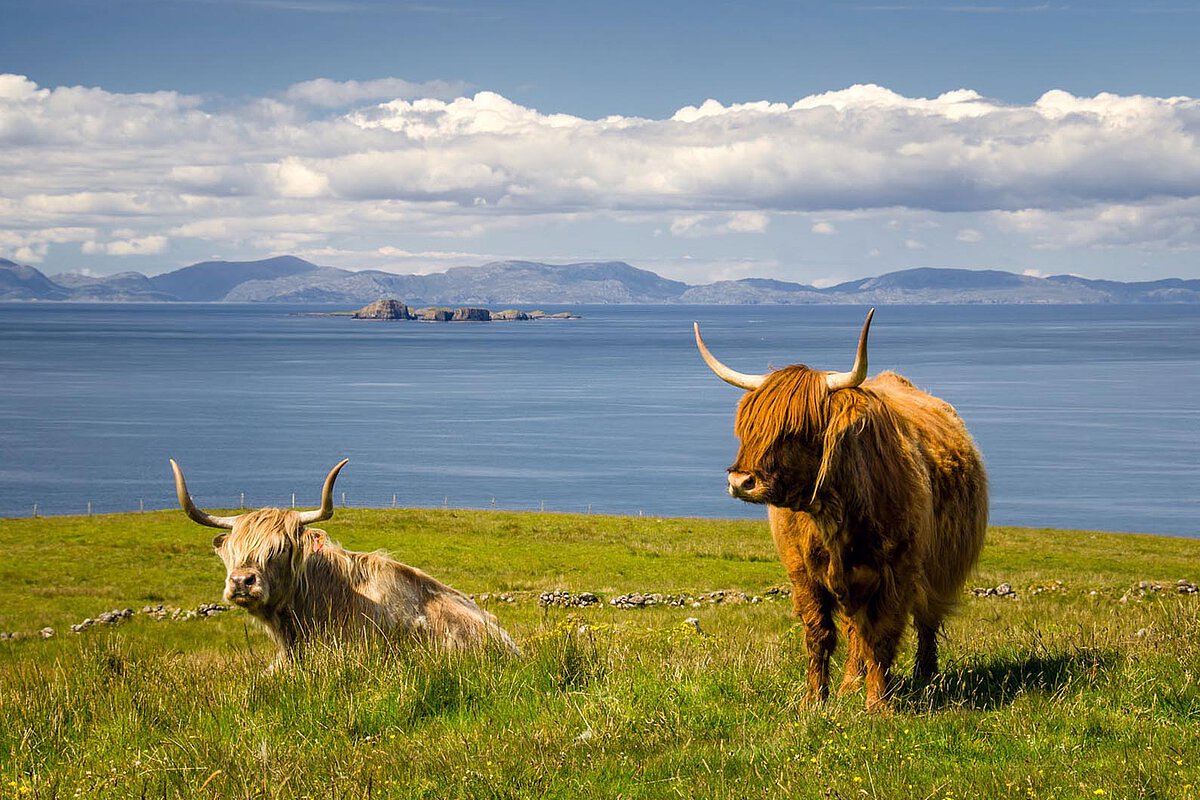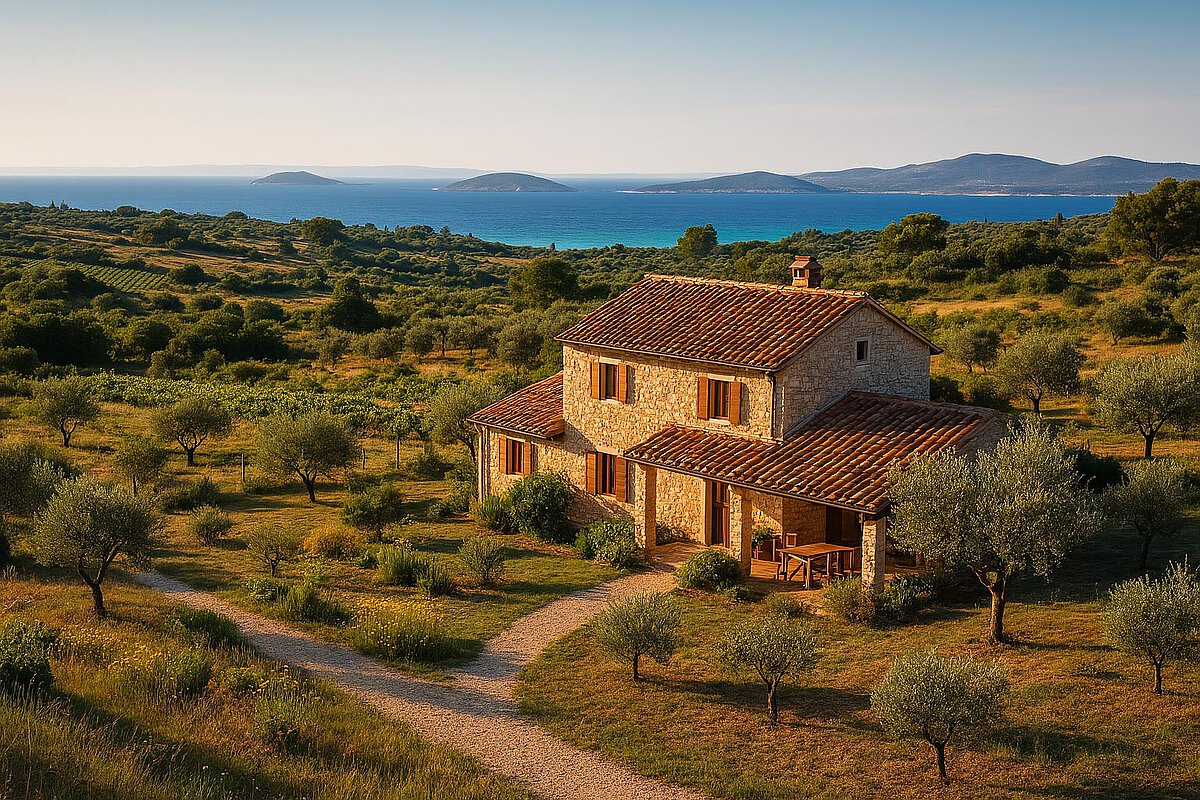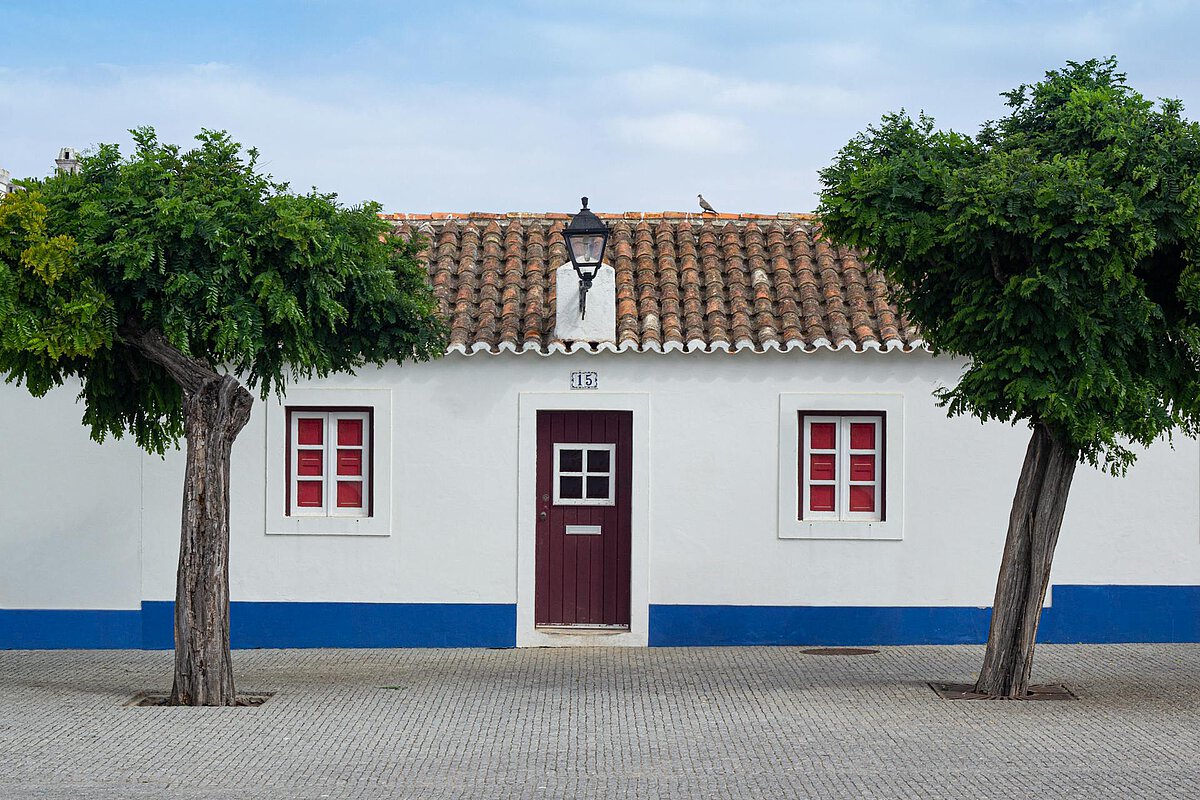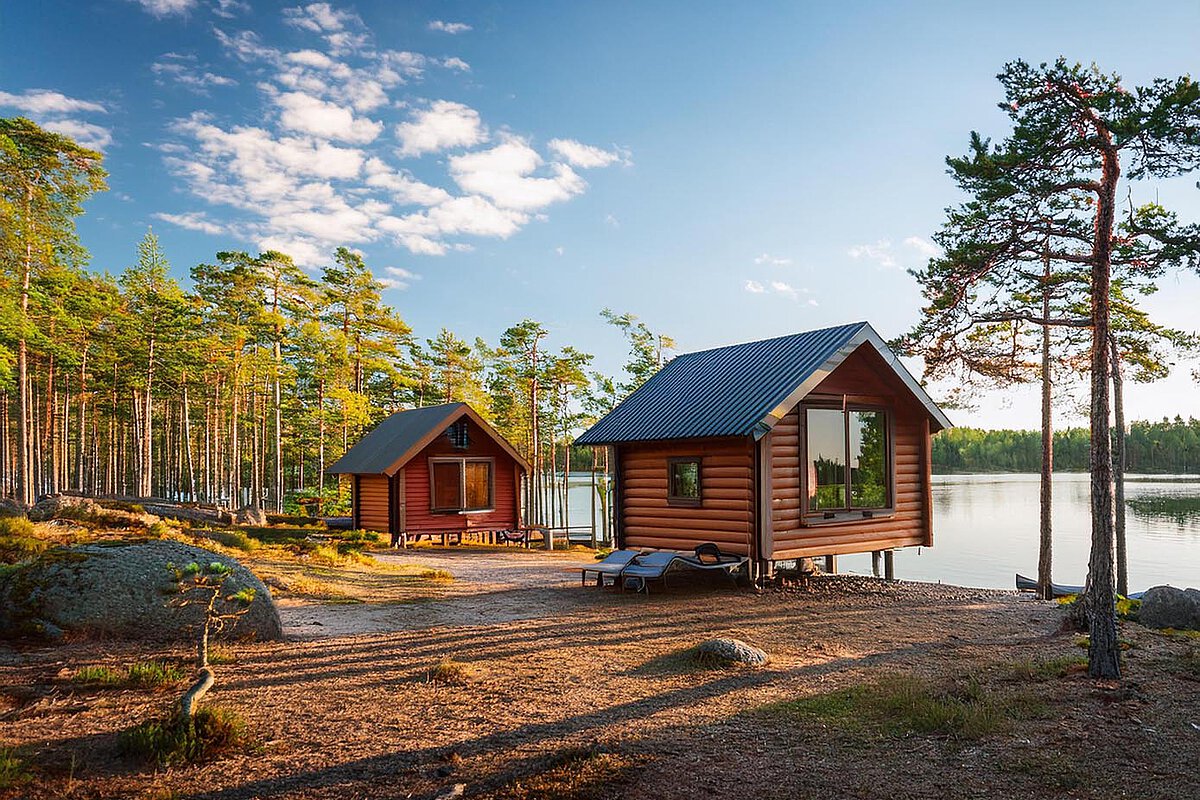Top Denmark's rural escapes
Experience and enjoy "hygge" in its purest form
Denmark's Most-Loved Rural Regions
Family-Friendly Accommodations
City-Break Escapes
Countryside Sustainable Stays
Didn’t find what you were looking for?
Discover these countryside gems!
Fertile Farmland and Beautiful Countryside in Denmark
Whether it’s the profusion of islands or the cultural hubs of its cities that draw you to Denmark, there’s plenty to discover here – not least an abundance of family-owned farms and a rich history of agriculture.
If you’re looking for a progressive country that hasn't forgotten its history, Denmark is the ideal place.
Facts about the Kingdom of Denmark
Denmark is a Scandinavian country sometimes known by its more formal title, the Kingdom of Denmark. It has a population of approximately 6.075 million, spread across the main landmass of around 42,934 square kilometres, as well as over 400 islands.
These islands include the Faroe Islands and Greenland which, although often considered part of Denmark proper, do have political autonomy.
Denmark is located in the centre of Europe, between Sweden and Norway to the north and Germany to the south. It has excellent links with all three, and many citizens speak some German, although the main language of Denmark is Danish.
Farming and agriculture in Denmark
Food is one of Denmark’s main exports, and as such it has a rich and active farming culture.
More than half of all farmed land in the country is dedicated to the production of cereals such as wheat and barley. Sugar beets are also a popular crop.
Farm animals are of great economic importance to Denmark. The farming of animals is primarily focused on poultry, as well as dairy cattle and pigs.
A large amount of livestock fodder is also exported from Denmark, and animal feed is one of the country's three main exports to the US.
Different crops for different regions
While cereals are grown across Denmark, different regions specialise in different foods.
In western Jutland, for example, the soil is slightly less fertile, and so farmers focus on crops such as potatoes and turnips.
While there are many small farms on the islands surrounding the main landmass of Denmark, the biggest industry in these areas is fishing.
The Faroe Islands and many other small islands export huge quantities of fish on a daily basis. Indeed, Denmark is one of the world’s largest exporters of fish.
Although there is some aquaculture in Denmark, it is responsible for only a very small portion of the fish exports from the country, with the vast majority of fish caught on the open water.
Progressive farming
Denmark is also an extremely forward-looking country, with many figures in the agricultural industry pushing for more sustainable farming.
The country has made a commitment to being carbon neutral by 2050, and almost a fifth of farming across the entire country is organic.
Until recently, many farms in Denmark were family-owned and run. This is a result of a strong history of establishing farming co-operatives.
Although the number has decreased over the years, family-owned farms do still make up a significant portion of Denmark’s agricultural outp
The Kingdom of Denmark has a population of approximately 6.075 million, spread across the main landmass
of around 42,934 square kilometres, as well as over 400 islands.
What to see and do in Denmark
Aarhus is a city that feels like a village, with many of the major attractions within walking distance of one another. Previously a hub for the country's fishing industry, it now boasts a profusion of historically significant sights, along with a gorgeous modern botanic garden.
Visitors to Aarhus will be able to stay in modern city centre apartments within easy walking distance of the old town. This is truly a city where old meets new.
The Little Mermaid
This bronze statue by Edvard Eriksen is so iconic that it’s known the world over.
Situated on a rock on the waterfront Langelinie promenade in Copenhagen, it’s an unmissable sight if you’re in the city.
Just make sure to visit when the tide is low so that you can catch a glimpse of her!
The statue is in great condition, even though it has already its 100th birthday.
Feel the glow of Hygge
Denmark is known as a particularly happy country, and the inhabitants have a word for the warm glow of contentment that comes from their lifestyle: 'hygge'.
You can experience this in particular at Christmas when markets abound in any city and town.
In the summer, though, there are still plenty of opportunities to experience hygge.
Look out for concerts and other outdoor events, or just hire a bike from one of the many public stands and enjoy cycling around in the sunshine.
Hygge is about warmth and satisfaction, the way you want it.
A taste of Denmark
There’s no better way to get a taste of the country than via the food, which in Denmark is world-class in many areas.
Head to the island of Bornholm for a gastronomic day trip, or simply wander the markets and streets of Copenhagen to see what you find.
Top of any list of things to try should be Smørrebrød (extravagantly topped rye bread) or a fully loaded Danish hot dog.
Don’t forget to sample the national dish of Denmark, too: Stegt flæsk med persillesovs. That’s crispy pork with parsley – delicious.
Denmark Tourism
Flat but beautiful
Denmark is known as a country of extraordinary flatness. Even without mountains, though, tourists can enjoy extensive hiking, biking, and nature-watching within the many publicly-accessible forests. Boating, fishing, and watersports also available around Jutland and Denmark's other isles.
FAQs
Denmark's main agricultural products include:
- Cereals such as wheat and barley (more than half of all farmed land)
- Sugar beets
- Livestock, primarily poultry, dairy cattle, and pigs
- Potatoes and turnips (especially in western Jutland)
- Fish (a major export, especially from the Faroe Islands and other small islands)
Denmark is making significant progress in sustainable farming:
- The country has committed to being carbon neutral by 2050
- Almost a fifth of farming across Denmark is organic
- There's a push for more sustainable farming practices in the agricultural industry
Farm ownership in Denmark has a distinctive characteristic:
- Until recently, a large majority of farms were family-owned and run
- This resulted from a strong history of establishing farming co-operatives
- While the number has decreased, family-owned farms still make up a significant portion of Denmark's agricultural output
"Hygge" is a Danish concept referring to a warm glow of contentment. Tourists can experience hygge by:
- Visiting Christmas markets in cities and towns during winter
- Attending outdoor concerts and events in summer
- Cycling around the country using public bike stands
- Embracing warmth and satisfaction in their preferred way
Visitors to Denmark should try:
- Smørrebrød (extravagantly topped rye bread)
- Danish hot dogs
- Stegt flæsk med persillesovs (crispy pork with parsley sauce) - the national dish
- Local specialties on the island of Bornholm
- Various foods available in Copenhagen's markets and streets
Despite its flat terrain, Denmark offers various outdoor activities:
- Hiking and biking in publicly-accessible forests
- Nature-watching in forested areas
- Boating, fishing, and watersports around Jutland and other Danish isles
- Exploring Copenhagen's attractions with a City Pass, including the zoo and planetarium


